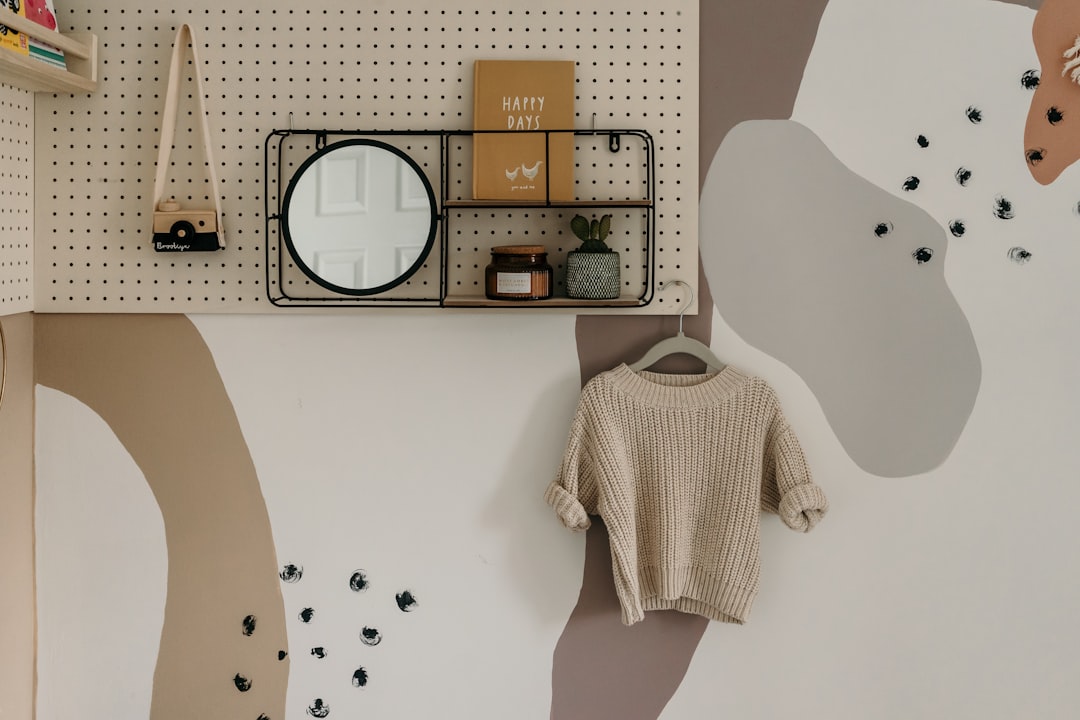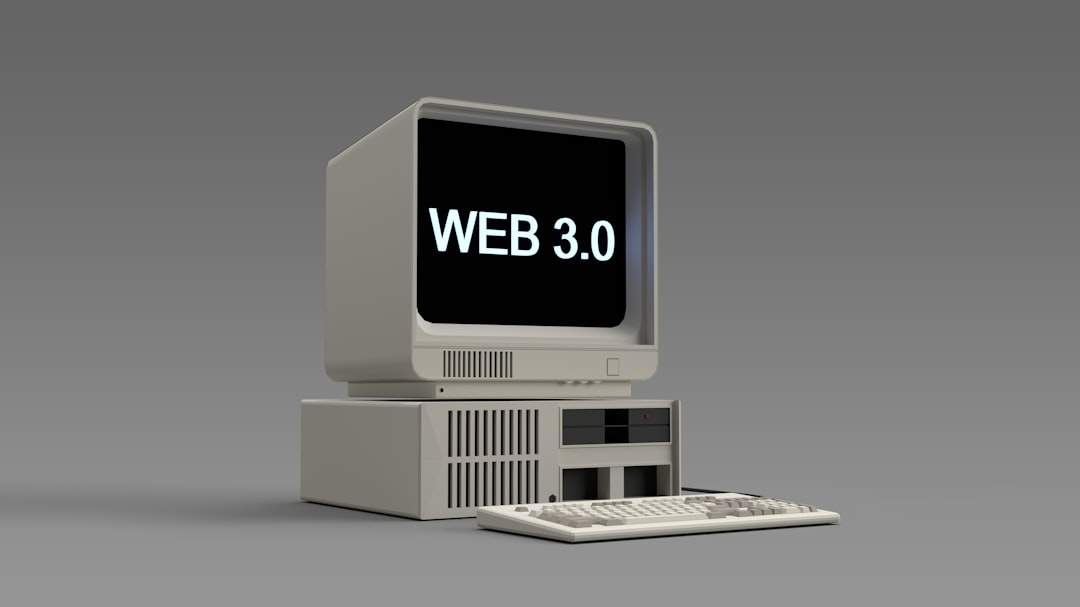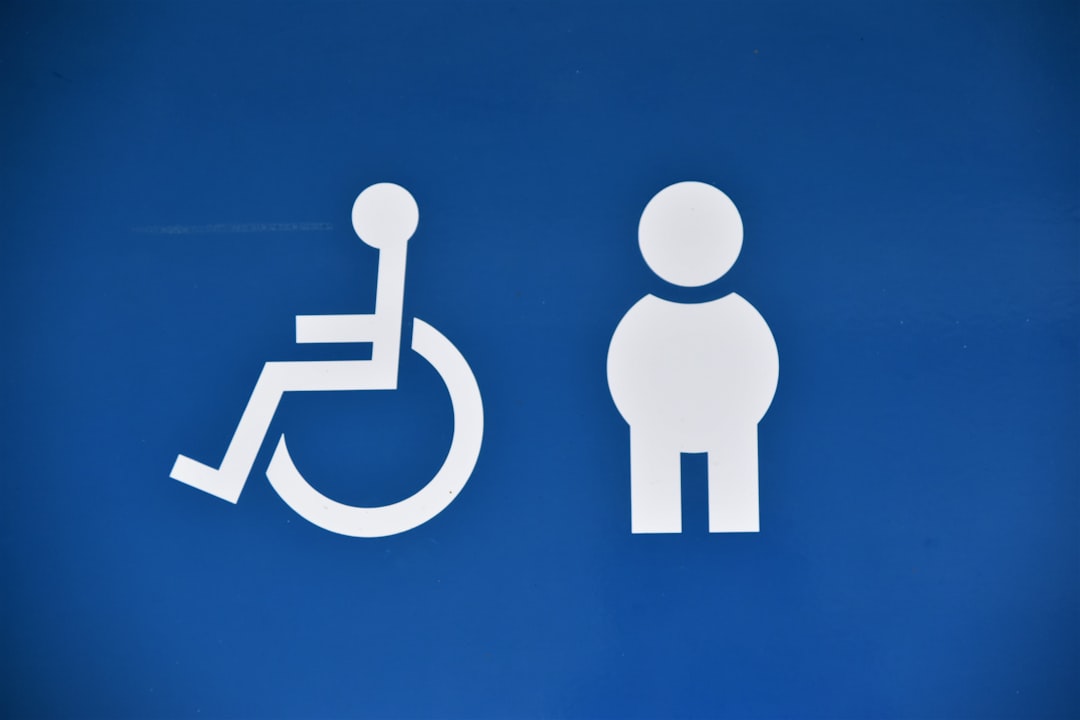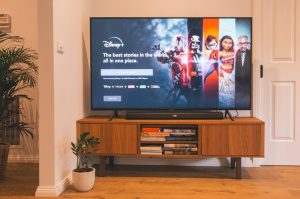
Every year, trends in design evolve at an exhilarating pace. As we delve into 2025, it’s evident that design professionals are pushing boundaries with portfolios that not only showcase their talents but also tell compelling personal stories. Whether you’re a graphic designer, UI/UX expert, illustrator, or creative developer, a well-crafted portfolio remains a powerful tool in demonstrating skills and attracting opportunities. This year, some particularly outstanding portfolios have stood out and are shaping the future of design representation.
Why Portfolio Design Matters More Than Ever
In the digital-first landscape of 2025, a portfolio isn’t just a showcase—it’s a personal brand statement, a business card, and often the first impression for clients and employers. The top portfolios carefully blend aesthetics with functionality, using techniques like micro-animations, interactivity, and AI integration to enrich user experience. With platforms like Behance, Dribbble, and custom-coded sites flourishing, designers are choosing varied formats to express their creativity. Here are some of the most inspiring portfolio examples that exemplify design excellence this year.
1. Jonas Kim: Motion Meets Minimalism
Seoul-based motion designer Jonas Kim takes dynamic storytelling to the next level. His portfolio welcomes visitors with a smooth video loop that transitions into project work featuring animated titles and sequence previews. Minimal color palettes and a reliance on motion as the primary communicator make his work feel like digital poetry. His site prioritizes speed and mobile adaptability—critical factors as users increasingly browse from mobile devices.

2. Noura El-Sayed: Print Roots in a Digital World
With a background in lithography and type layout, Cairo-based graphic designer Noura El-Sayed transports analog inspiration into the digital realm. Her portfolio is inspired by the aesthetics of vintage print posters, complete with grid-based layouts, muted colors, and serif-rich typefaces. Each project is presented almost like a print editorial, focusing on composition and storytelling over interactivity. Her work is a masterclass in hybrid design philosophy—melding tradition with innovation.
3. Liam Torres: The Developer’s Touch
As a creative front-end developer, Toronto’s Liam Torres doesn’t just design—he builds fully interactive worlds. His portfolio integrates WebGL elements, featured code snippets, and real-time interaction to allow visitors to “play” with his work. For instance, one section features an interactive 3D model that shifts angles based on cursor movement, showcasing his technical skill and creativity simultaneously.

4. Aria Bloom: Illustrative Storytelling
An independent illustrator from Melbourne, Aria Bloom creates dreamy, character-driven illustrations and uses her portfolio as a visual journey. As users scroll, they engage with full-screen narrative sequences, gradually revealing projects via parallax transitions. Her consistent pastel palettes and whimsical art direction make her entire site feel like a hand-crafted picture book. In addition, accessibility has been thoughtfully designed—text contrasts, alt descriptions, and keyboard navigation offer a user-friendly experience for all.
5. Felipe Rocha: Curation Over Quantity
Brazilian-born art director and designer Felipe Rocha, based in Paris, lets fewer projects speak louder. His site features only five case studies, each one deeply detailed and presented like a magazine feature. Clean, editorial design combined with immersive photography and embedded video interviews create an engaging holistic showcase. Rocha demonstrates that selective curation can have more impact than an expansive portfolio. This trend continues to rise, as more creatives focus on quality over volume.
Technical Trends Defining 2025 Portfolios
- AI Integration: Smart-generated case study summaries, chatbots for Q&A, and even AI-assisted project filtering are being used in modern portfolio sites.
- Microinteractions: Subtle animations on hover, click, or scroll are adding delight without distracting from core content.
- Dark Mode Optimization: Designers are not just adding dark mode options but fully optimizing their visuals, palettes, and typography for dual-mode experiences.
- Web Performance: Designers are embracing lightweight JavaScript frameworks, lazy loading, and SVGs to ensure speed doesn’t suffer over style.
Emerging Aesthetic Trends in Portfolio Design
- Brutalism Refined: Once raw and jarring, designers are adopting “softer” brutalist principles—bold grids and large typography balanced with muted tones and generous whitespace.
- Neo-Y2K Styles: Iridescent gradients, pixel-art fonts, and glitch transitions are making playful comebacks with modern polish.
- Interactive Narratives: Scroll storytelling and animated sequences that mimic cinematic trailers or linear progressions.
- Inclusive Design: High-contrast themes, larger interactive zones, clear language use, and voice-accessibility are integral to user experience in 2025.

Tips for Designers Crafting Their 2025 Portfolios
- Define Your Niche: Tailor your portfolio to your specialty rather than trying to cater to everyone.
- Write Effective Case Studies: Detail your process—what problem you solved, how you solved it, and the impact.
- Design Responsively: Ensure your portfolio is seamless on tablets and smartphones.
- Focus on User Experience: Clear navigation, readable font sizes, and quick load times are essential.
- Tell a Story: Let your personality and design thinking come through in how your content is organized and described.
Conclusion
As 2025 redefines creative presentation through digital portfolios, standing out demands more than just stunning visuals. The best portfolios successfully communicate thought, narrative, and intention using cutting-edge tools, considered UX, and strong personal branding. Whether you’re an emerging designer or a seasoned pro, these standout examples offer insights and inspiration to elevate your own portfolio—transforming it into a strategic, storytelling-driven experience that commands attention.
FAQs
- Q: What platform is best for building a design portfolio?
A: It depends on your skills and goals. Use Webflow or custom code for full control, or platforms like Behance and Dribbble for community exposure. - Q: How many projects should be included in a portfolio?
A: There’s no hard rule, but 4–6 well-documented projects generally work best. Focus on quality, not quantity. - Q: Should I include unfinished or conceptual work?
A: Yes, if it effectively showcases creativity or problem-solving. Just be transparent about its stage or purpose in the project description. - Q: What are key elements every portfolio homepage should include?
A: A compelling hero section, a short bio or intro, featured projects, a clear navigation menu, and contact information. - Q: Are dark mode designs better than light mode?
A: Neither is “better”—offer both if possible and make sure both are aesthetically and functionally optimized.





